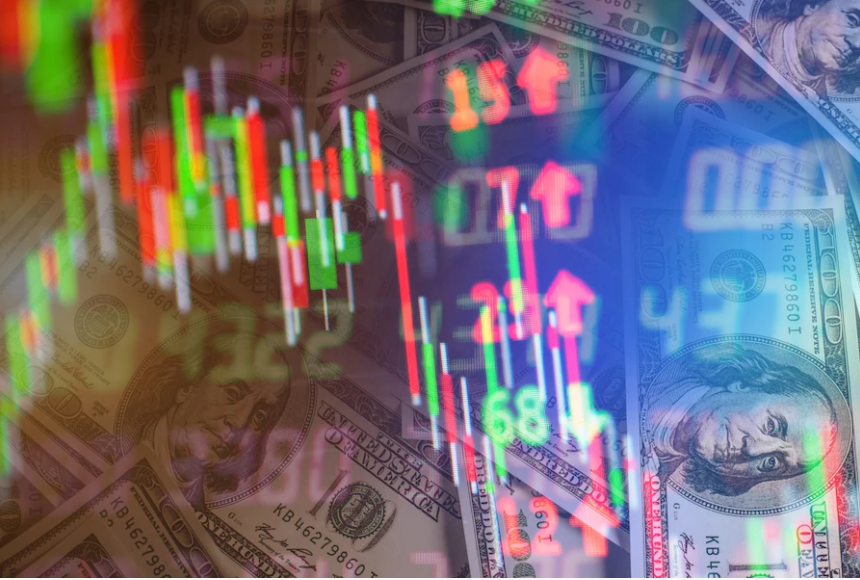
Cameron Murphy
Apr 19, 2022 10:37

The S&P 500 outpaced the Nasdaq 100 in the first few months of 2022, EUR/USD rates fell below 1.1000, and the US Treasury yield curve (2s10s) went into inversion territory, as predicted in the 1Q'22 Top Trading Opportunities. While one of the primary causes – Russia's invasion of Ukraine and the accompanying crisis in commodities markets – wasn't on our metaphorical bingo card, the other price drivers were central banks' rapid interest rate hikes and the end of fiscal stimulus.
The primary price drivers from 1Q'22 are likely to continue into 2Q'22. The Federal Reserve is increasing interest rates more aggressively, following a chorus of other major central banks in reversing monetary easing. When it comes to greater fiscal stimulus, governments are "tapped out." Although the COVID-19 outbreak is waning, lockdowns are still occurring on a regular basis (e.g. China). Even if Russia concludes its conflict with Ukraine, the consequences for supply networks would last for months.
Concerns over decreasing economic growth in developed nations, as well as greater volatility in 2Q'22, imply that more volatility is on the way. Risk appetite will fluctuate throughout the year before becoming more positive later in the year.
As 2Q'22 begins, the ratio has been steadily retracing from a high of 1.31 before rising. However, the possible double bottom that formed against the 1Q'21 and 4Q'21 lows remains legitimate, indicating that the transition from growth to value stocks is still in its early stages. The long S&P 500/short Nasdaq 100 strategy remains popular, with an entry around 1.22 and a climb to 1.35 expected in the following months.
The argument behind predicting a US Treasury yield curve inversion is simple: when the Fed decreases stimulus, the short-end of the yield curve tends to see higher rates, while the long-end tends to see lower rates as growth and inflation expectations – intrinsically incorporated in the long-end – fall down.
In the 2s10s spread, a further flattening of the US yield curve is still projected, heightening recession worries for late-2022/early-2023. Inversions of the yield curve, on the other hand, seldom endure long, therefore this viewpoint has a short shelf life (also, after yield curves invert, stocks tend to bottom).
We continue to believe that the gap between the Federal Reserve and the European Central Bank will widen in the coming months, and that the divergence between US and Eurozone inflation rates will weaken the EUR/USD exchange rate even more. The ECB may hike rates later this year, but the Fed may have already lifted rates by 100 to 150 basis points by that time. Early in 2Q22, EUR/USD rates are likely to return to the 1.0806 low from 1Q22, followed by a return to the 1.0636 low from 2020. (coinciding with the DXY Index move above 101.00 before topping).

Apr 18, 2022 11:15

Apr 19, 2022 10:40